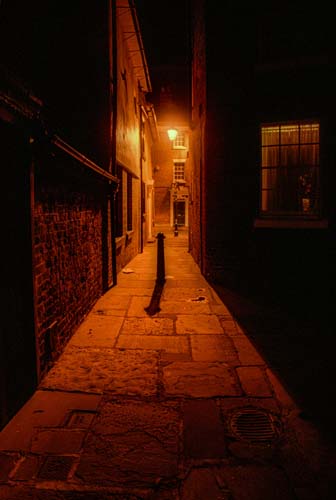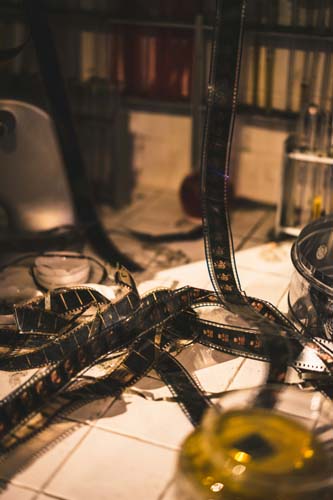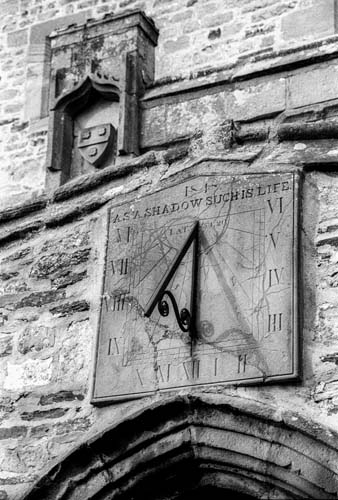By Joseph Rissi
Film noir refers to stylized Hollywood crime dramas that highlight cynical attitudes and motivations.
The 1940s and 1950s are often called the "classic period" of American film noir. This style of movie is known for its dark, shadowy black-and-white look, which comes from German expressionist films. The stories and ideas in these films were influenced by hardboiled crime fiction, which became popular during the Great Depression.

The term film noir, French for "black film" (literal) or "dark film" (closer meaning),[2] was first applied to Hollywood films by French critic Nino Frank in 1946,
but was unrecognized by most American film industry professionals of that era.[3] Frank is believed to have been inspired by the French literary publishing imprint Série noire, founded in 1945.

Though film noir is often identified
Film noir, characterized by its distinctive low-key lighting and unbalanced compositions, encompasses a diverse range of visual styles that often align with Hollywood's mainstream aesthetics. This genre is not limited to a single narrative form; rather, it intersects with various genres, including the gangster film, police procedural, gothic romance, and social problem picture. During the 1940s and 1950s, often regarded as the classical era of noir, films from these categories were frequently classified as melodramas, highlighting the genre's complex relationship with societal themes and cinematic conventions of the time.

There is still a lot of debate about what exactly defines film noir and what category it belongs to.
In 1955, French critics Raymond Borde and Étienne Chaumeton sought to define the elusive genre of film noir in their book Panorama du film noir américain 1941–1953. They identified five main qualities that characterize film noir: dreamlike, strange, sexy, uncertain, and cruel. However, they noted that not all noir films exhibit these traits in equal measure; for instance, one film may evoke a dreamlike quality, while another might emphasize violence. Despite ongoing scholarly discussions about the genre, film historian Mark Bould argues that the term "film noir" remains difficult to precisely define.
Film noir is usually thought of as having a dark, moody look, with shadows and unusual camera angles.
Film noir is a complex genre that transcends simple categorization, often linked to the classic era of the 1940s and 1950s. Its influences are evident in various storytelling styles, including crime dramas, gangster films, and socially conscious narratives. The genre uniquely blends elements while maintaining a distinct aesthetic, characterized by light and shadow, morally ambiguous characters, and a pervasive sense of dread. Ultimately, film noir explores human nature and societal issues, making it a rich field for analysis and appreciation.
Some critics regard classic film noir as a cycle exclusive to the United States;
Alain Silver and Elizabeth Ward highlight that film noir, like the Western, is an indigenous American form, yet its influence and origins extend beyond Hollywood, marking it as an international phenomenon. Notably, films such as the French productions "Pépé le Moko" (1937) by Julien Duvivier and "Le Jour se lève" (1939) by Marcel Carné exemplify early instances of film noir outside the American context. Furthermore, Mexico's film industry experienced a significant noir movement from approximately 1946 to 1952, coinciding with the peak of film noir in the United States, thereby underscoring the genre's global reach and impact.